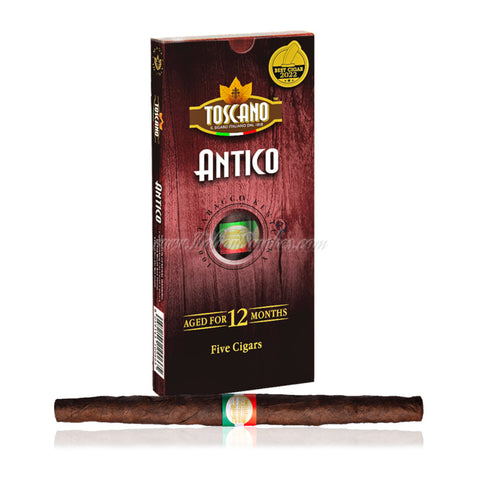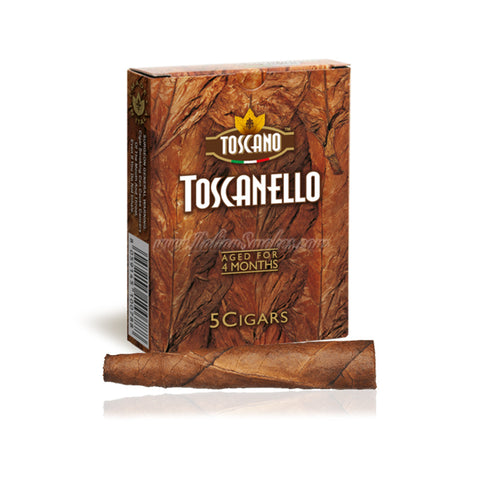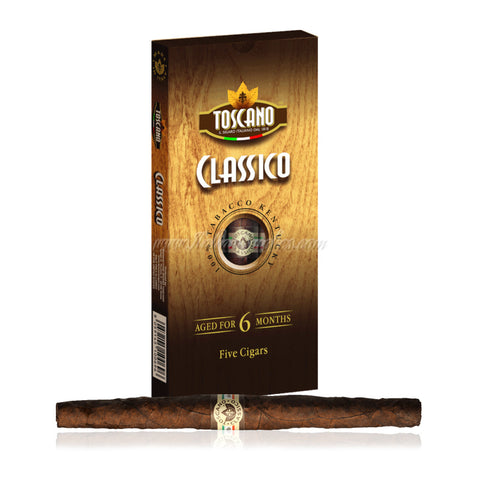Cristoforo Colombo, widely known as Christopher Columbus, was the famed Italian explorer whose voyages across the Atlantic Ocean launched the European exploration of the American continents that lasted for several hundred years. Tobacco had existed long before the discovery of the Americas; it is believed that tobacco had been grown and used by the natives as early as 1 B.C.
When Columbus and his crew set foot on the New World on October 12, 1492, they expected to find gold and riches of the East Indies. Instead, they found dried herbs which the natives called "Tabacos." Little did Columbus know, these dried herbs would be as valuable as gold.
In 1499, another Italian explorer came across tobacco around what would be Venezuela today - Amerigo Vespucci, who lent his name to the New World, America. Over the next 50 years, tobacco was gradually introduced to Europe by Spanish, Portuguese, French, and Dutch traders.
In 1561, Papal Nuncio Cardinal Prospero of Santa Croce learned of the medicinal properties of a strain of tobacco called Nicotiana Rustica and brought the seeds back to Italy. Then, around 1574, Niccolo Tornabuoni, the Florentine ambassador to Paris, brought the seeds of another train of tobacco called Nicotiana Tabacum to Tuscany.
By the late 16th century, different indigenous varieties derived from Nicotiana Rustica and Nicotiana Tabacum were cultivated in Tuscany, Lombardy, Piedmont, Veneto, Marche, Umbria, Campania, Sardinia, and Sicily. For over 300 years, Italian tobacco cultivation was governed by a complex mosaic of taxation systems and regulations existing in the different Italian states before the unification.
The unification of the Kingdom of Italy in 1861 brought forth more stability in the cultivation, processing, and marketing of tobacco. Kentucky tobacco was imported from America at the end of the 18th century and its cultivation quickly spread across Italy due the success of the Toscano cigars.
Today, Italy is the most important tobacco producing country in Europe, and it is ranked #11 in the world. According to a report published by FAOSTAT in 2011, tobacco crops cover approximately 30,000 acres of land in Italy - mainly in Veneto, Tuscany, Umbria, Lazio and Campania - producing approximately 85,000 tons of tobacco, about 1.1% of the total global production.
The Toscano cigar is the most popular cigar in Italy, commanding up to 32% share of the market in 2012. It is produced by Manifatture Sigaro Toscano in modern plants at Lucca, Cava de' Tirreni and Foiano della Chiana, using Kentucky tobacco predominantly grown in Italy.




